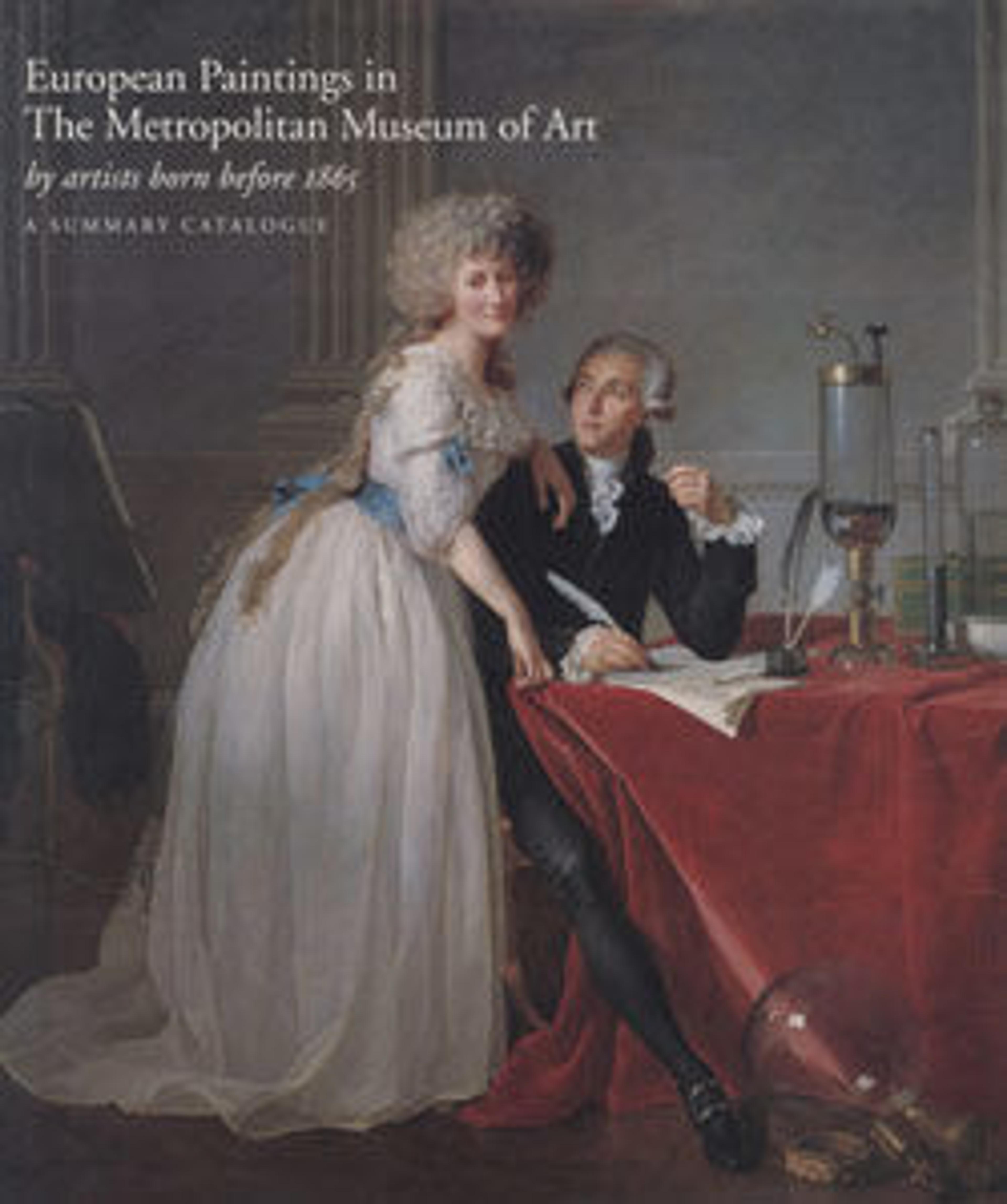The Chariot of Ceres
The ceiling, composed of detached frescoes of mythological subjects set into casts of the original stuccowork, was painted by Pinturicchio and his workshop as part of the decoration of a room in the Palazzo del Magnifico in Siena. The palace was constructed for the ruler of Siena, Pandolfo Petrucci, (1451–1512) called "Il Magnifico," whose coat-of-arms decorates the center of the ceiling. According to an eighteenth century description, the walls were frescoed with eight allegorical and mythological scenes by Signorelli, Girolamo Genga, and Pinturicchio. Six of these were detached in 1842/44 and are now in the National Gallery, London and the Pinacoteca Nazionale, Siena. There was also a wooden framework carved by Antonio Barili, parts of which are preserved in Siena, and a majolica tile floor, sections of which also survive. Some of the tiles are dated 1509, the year Pandolfo Petrucci's son, Borghese, married Vittoria Piccolomini, and the room must have been painted about this time.
Pinturricchio was one of the first artists to explore Nero's Golden House in Rome, and the decoration of the present ceiling is based on a vault in the Golden House. The frescoes from the ceiling, badly damaged, were detached in 1912.
One of twenty-two panels (14.114.1–.22) forming the ceiling from the Palace of Pandolfo Petrucci. The general distribution and partition of the ceiling appears to derive from that of a vaulted and painted ceiling in Nero's Golden House in Rome. Many of the individual figures also seem to derive from antique works of art– especially sarcophagi.
Pinturricchio was one of the first artists to explore Nero's Golden House in Rome, and the decoration of the present ceiling is based on a vault in the Golden House. The frescoes from the ceiling, badly damaged, were detached in 1912.
One of twenty-two panels (14.114.1–.22) forming the ceiling from the Palace of Pandolfo Petrucci. The general distribution and partition of the ceiling appears to derive from that of a vaulted and painted ceiling in Nero's Golden House in Rome. Many of the individual figures also seem to derive from antique works of art– especially sarcophagi.
Artwork Details
- Title: The Chariot of Ceres
- Artist: Pinturicchio (Italian, Perugia 1454–1513 Siena)
- Date: ca. 1509
- Culture: Italian, Umbria
- Medium: Fresco, transferred to canvas and attached to wood panels
- Dimensions: Overall: 31 × 30 1/8 in. (78.7 × 76.5 cm)
- Classification: Paintings-Decorative
- Credit Line: Rogers Fund, 1914
- Object Number: 14.114.8
- Curatorial Department: European Sculpture and Decorative Arts
More Artwork
Research Resources
The Met provides unparalleled resources for research and welcomes an international community of students and scholars. The Met's Open Access API is where creators and researchers can connect to the The Met collection. Open Access data and public domain images are available for unrestricted commercial and noncommercial use without permission or fee.
To request images under copyright and other restrictions, please use this Image Request form.
Feedback
We continue to research and examine historical and cultural context for objects in The Met collection. If you have comments or questions about this object record, please contact us using the form below. The Museum looks forward to receiving your comments.
